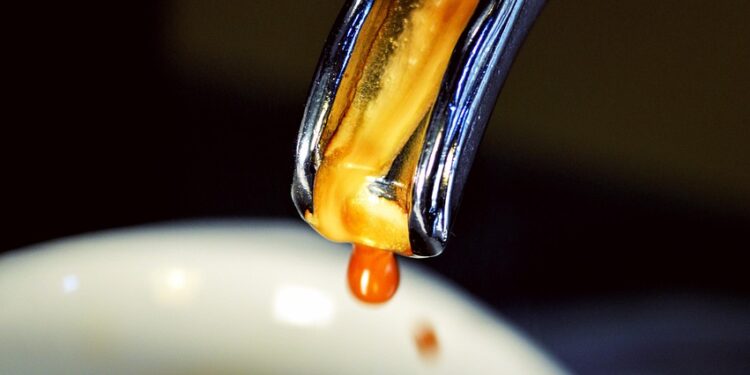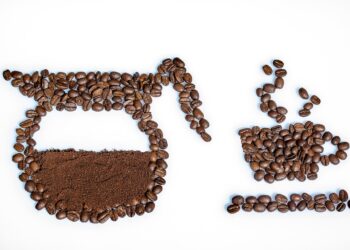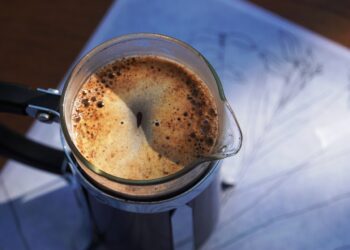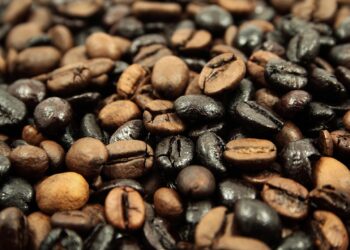From Espresso to French Press: Mastering Your Coffee Brewing Techniques
For many of us, coffee is more than just a beverage; it’s a vital part of our daily routine. Whether you’re a seasoned barista or a home brew enthusiast, understanding the different methods for brewing coffee can enhance your caffeinated experience. Let’s explore two popular methods—espresso and French press—detailing their unique processes, flavor profiles, and how you can master these techniques at home.
Understanding Espresso: The Art of Pressure
Espresso is not just a coffee drink; it’s the foundation of variety from which lattes, cappuccinos, and other coffee drinks are born. Recognized for its thick, concentrated form, espresso is crafted by forcing hot water through finely-ground coffee beans using high pressure. This process results in a rich and robust flavor that is covered with a creamy foam layer known as “crema.”
The Equipment
- Espresso Machine: Choosing the right machine is pivotal. Options range from manual lever machines to the more accessible automatic and semi-automatic machines.
- Grinder: A good quality burr grinder is essential, as it allows for uniform grinding which is vital for even extraction.
The Process
- Begin by finely grinding the coffee bean to achieve a texture akin to powdered sugar.
- Tamp the ground firmly to ensure even water distribution.
- Heat water to 190-200°F and, using your machine, press the hot water through the coffee grounds under high pressure.
- Carefully monitor the flow rate and volume. A typical shot of espresso is about 1 ounce, extracted in 25-30 seconds.
Perfecting espresso requires practice. Variables such as grind size, water temperature, and tamping pressure profoundly influence the outcome.
Diving into French Press: A Timeless Method
In contrast to espresso, the French press offers a straightforward, immersion technique that allows full contact between the coffee grounds and the water for a specific period. This results in a rich, aromatic cup of coffee that maintains the oils and essences of the coffee bean.
The Equipment
- French Press: Typically made from glass or stainless steel, this device consists of a cylindrical chamber with a plunger and a built-in filter screen.
- Grinder: A coarse grind is crucial for French press coffee to prevent the coffee grounds from slipping through the filter and creating an over-extracted taste.
The Process
- Use a coarse grind about the consistency of sea salt.
- Add ground coffee to the French press usually one tablespoon per 4 ounces of water.
- Pour hot water—not quite boiling, around 200°F—over the grounds. Ensure all the grounds are soaked by giving them a good stir.
- Place the lid on the press with the plunger pulled up all the way and let the coffee brew for about 4 minutes.
- Gently press the plunger down, which separates the grounds from the coffee.
With the French press, the coffee they produce is distinctly different from that of an espresso, featuring a fuller body and a robust taste.
Which Brew is Right for You?
Your choice between espresso and French press might depend on your preference for coffee strength, texture, or even the time you have available. Espresso is ideal for those who enjoy a strong, rich coffee in smaller amounts, whereas French press coffee is suited for those who appreciate a slower, more meditative approach to coffee brewing and a richer cup.
FAQs About Coffee Brewing
What is the best coffee grind for espresso and French press?
For espresso, use a fine grind to extract maximum flavor under high pressure. For French press, a coarse grind works best to avoid passing through the mesh filter and prevent over extraction.
How much coffee do I use for each method?
For espresso, about 20-30 grams per shot is typical, depending on taste preferences. For French press, a general rule is one tablespoon of coffee for every 4 ounces of water, adjusted to taste.
How long should I brew coffee in a French press?
Typically, the brewing time for French press coffee is about 4 minutes, but you can adjust this depending on how strong you like your coffee.
Wrapping It Up
Whether you choose the quick intensity of an espresso or the contemplative ritual of the French press, each method offers a unique path to understanding and appreciating the diverse profiles of coffee. Experiment with different coffees, tweak your techniques, and most importantly, enjoy each cup. After all, coffee brewing is as much an art as it is a science!





